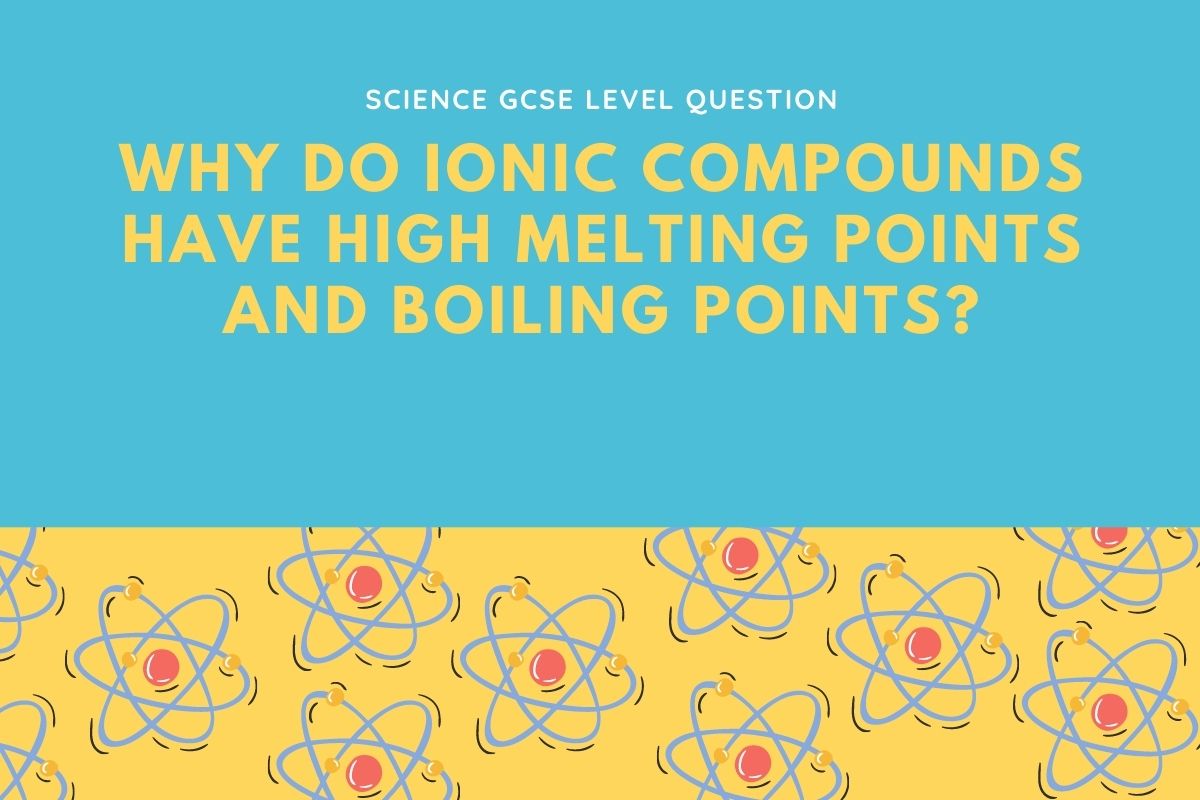Enrich your knowledge with our informative blogs
How would you test for the presence of a non-reducing sugar?

What is non reducing sugars?
Non – reducing sugars are the one who do not have free aldehyde or ketone group. They have acetal instead of hemi – acetal wherein an acetal has two O – R group, one – R and – H group that are all attached to the one same carbon.
Sucrose is the best example of non-reducing sugars.

Benedict’s test for the presence of non-reducing sugars
Benedict’s test is used to determine if the sugar sample is non – reducing or reducing in nature. If Benedict’s solution is added to the sugar sample and we see no change in the color, then the sugar sample is non-reducing. And If we see a change in the color of the sugar sample, then it is reducing.
Book Your 60-minutes free Trial class NOW!
Principle and working of Benedict’s test
Benedict’s reagent is made of sodium citrate, anhydrous sodium carbonate & copper (II) sulphate pentahydrate. When we add benedict’s reagent to the sample solution, reducing sugars reduces the blue coloured copper sulphate to the red – brown coloured copper sulphide. Whereas, in terms of non – reducing sugars, we do not see any change in the color.
Observations or results

| Observed Color | Interpretation |
| Blue | No non – reducing sugars present |
| Green | Traces of non – reducing sugars present |
| Yellow | Low amount of reducing sugars present |
| Orange | Moderate amount of reducing sugars present |
| Brick – Red | High amount of reducing sugars present |

Visualize the in-depth understanding of the natural world!
Biology would sound more interesting when your curiosity levels are satisfied with better visuals & logical explanations.
Categories
Recent Posts
- List of the qualities you should look for in your tutors?
- What is the most useful formulas in math?
- Describe the process of eating to defecation of food?
- Difference between the natural and artificial active response by the immunology system.
- Explain the different circle theorems
- How are nerve cells adapted to their function?










